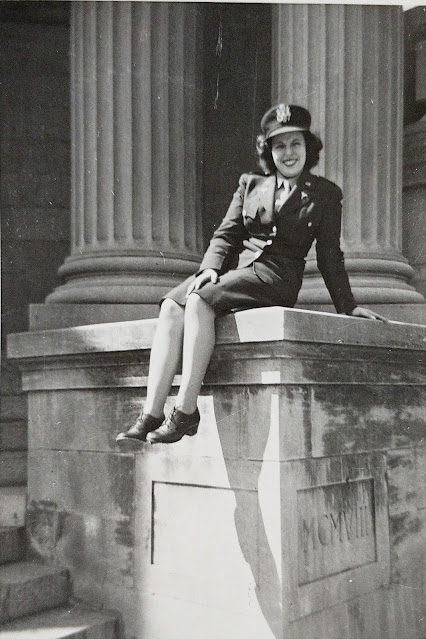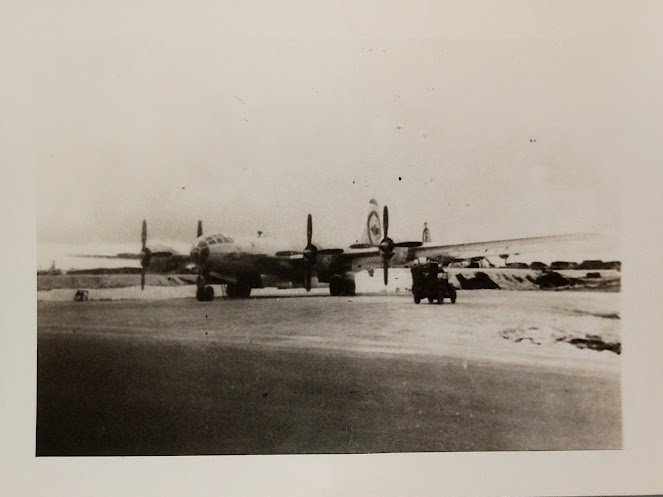When one imagines staying on a tropical island in the middle of the Pacific Ocean with the beach at their fingertips and palm trees canvassing the horizon in front of picturesque, cotton candy-colored sunsets, it's likely not to be in the thick of a world war. However, my grandmother, Edna Arlene (Dean) Millhouse, could recount just such a memory.
During World War II, she utilized her training as a registered nurse to serve in the U.S. Army as a 1st Lieutenant.
While part of her service remained shoreside at Newton D. Baker General Hospital in Martinsburg, West Virginia, one of her wartime assignments brought her to the island of Tinian, part of the Northern Mariana Islands to the east of the Philippines and mainland Japan.
After Saipan was invaded, Tinian became the next target for the marine forces. The name Jig Day was coined for what was to be their first landings on Tinian, scheduled for 24 July 1944. Bombardments from Saipan began about 10 days prior to that, and with airforce support, they defeated the enemy on the island and made landing on the northern tip of the Tinian. Within hours, the Allies immediately began cleaning up the shores and beaches of Tinian to clear the roadways for their future airbase. An assessment made the following day, found upwards of 500 killed Japanese soldiers littering the area, and the Allies continued to fight off further Japanese attacks in the days following, as they moved further south.
The stronghold at Tinian proved fruitful for Allied Forces as it allowed for the capture of Guam to the south, the victory of which was captured in this U.S. newsreel (appropriate for mature audiences):
Edna and her fellow nurses made their way to Tinian aboard the S.S. Matsonia, pictured below, which had formerly acted as an ocean liner. It was originally built under the name Malolo, but renamed by the Matson Line in 1937 during its reconstruction. It had regularly sailed between San Francisco and Honolulu, Hawaii leading up to the war.
The nurses had their own set of quarters on the island, though Edna's photograph collection from the time proves they certainly did not keep to themselves. There was plenty of coed mingling that happened on Tinian, including formal dinner and dances, even during wartime!
But what really made the island newsworthy was the cargo that was loaded onto its airfield in August of 1945. The Enola Gay was a Boeing B-29 Superfortress bomber, piloted by Paul Tibbets. It carried what would become the first atomic bomb to be dropped on Hiroshima, nicknamed "Little Boy."
My grandmother witnessed its loading and takeoff from the island on August 6. The Enola Gay is in the foreground of the photo below, and the Bockscar bomber in the background, which dropped the subsequent atomic bomb dubbed "Fat Man" on Nagasaki a few days later.
Despite the devastation that war ultimately brought to this part of the world, island life was still thriving. And all in all, I would consider my grandmother to be of the luckier ones in terms of where she was stationed. The area afforded her some luxuries that other parts of the globe would only dream of.
Plus, she was able to lay claim to seeing some of the most famous events in history, not just in the news, but in person. It was certainly a memorable travel experience.









What a great collection of images, thanks for sharing!
ReplyDelete